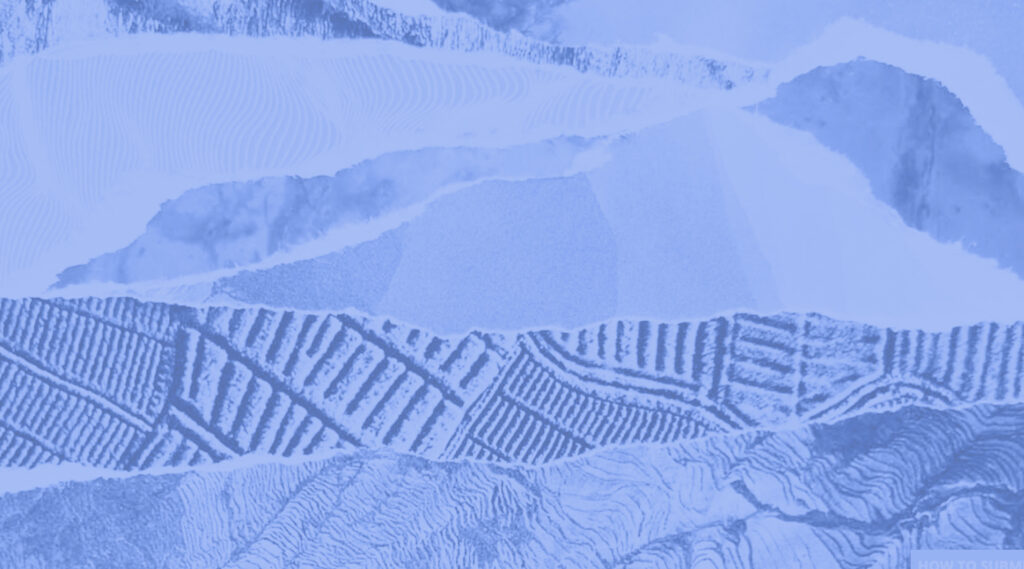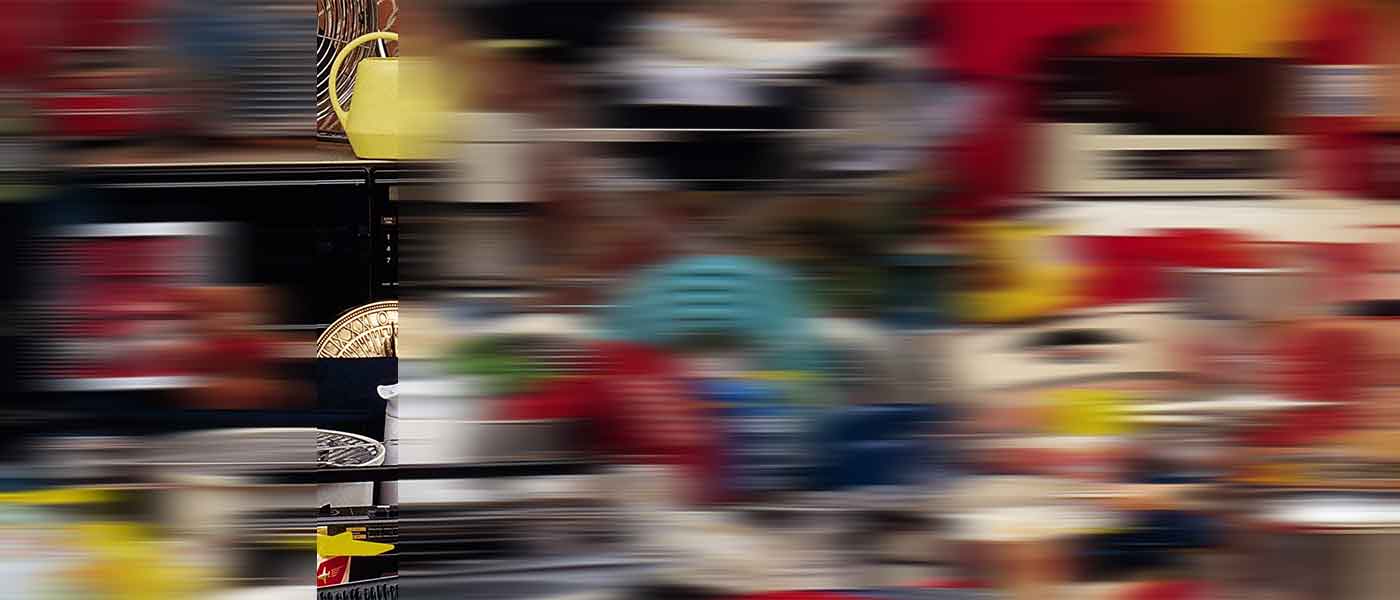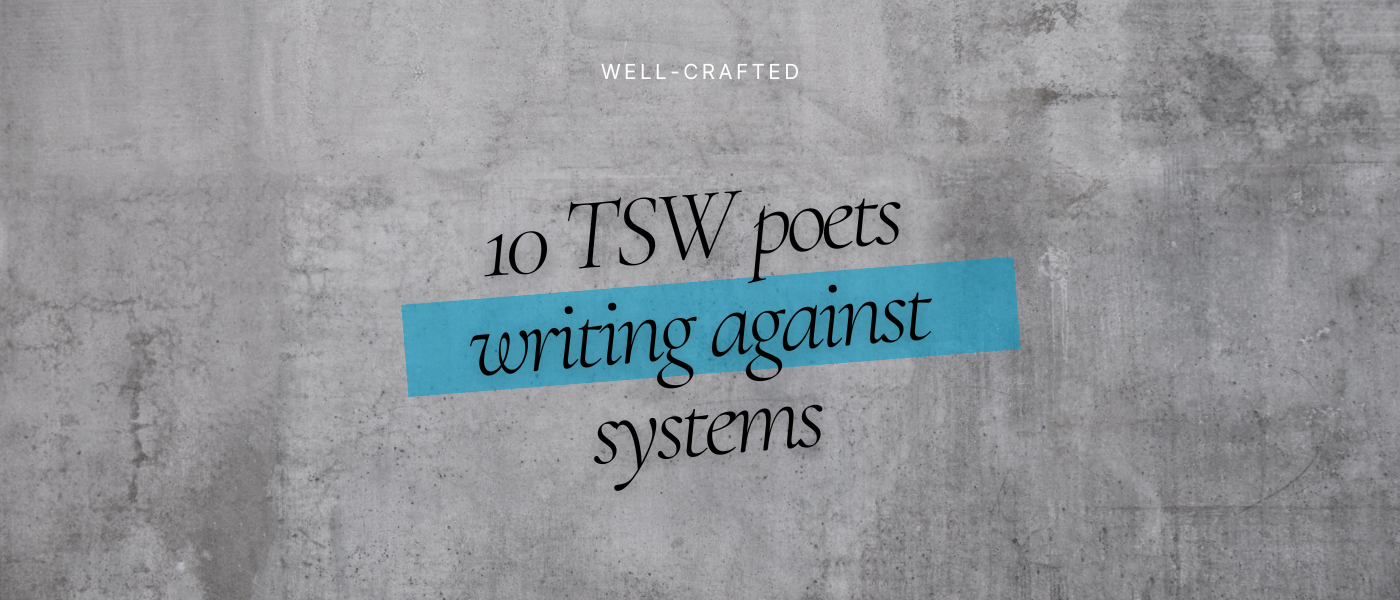We are at the start of a new season that brings with it the accumulated sense memories of fall, decay making way for rest and future growth. But our perception of time, reality, and each other is somewhere lost between the calamities of today and the impending catastrophes of tomorrow, real or imagined. As a result, we’re facing a blurred understanding of what is past, present, and future. Capitalism urges us to move forward while willingly ignoring what is happening right now. It is therefore imperative to center the fragility of the things dearest to us: our health, our relationships, our safety. How does this shifted focus change the way you interact with the world? How do we do things not in spite of but alongside — in relation to — everything that is happening around us?
For this issue, we want you to look at what and who is near you. Here, we are thinking about the word proximity. Its silences, opportunities, and actualities. What are we as humans surrounded by — do we choose to surround ourselves with — and how do we situate ourselves within language? What power does this positioning bestow? Proximity can be a form of intimacy that, in its most capacious sense, is an anti-knowing; the things and people around us are in constant flux, so paying attention to what’s changing can keep us open to change. We must persist in questioning dominant narratives while also honoring the limits of our attention, because we cannot continue feeling terrified and sorrowful all day. How do we find a balance between useful nostalgia and building anew, attuned to the possibilities of the unknown?
Proximity demands that we practice the art of attention. It asks us to consider the distance between “I” and “you,” to question the role of narrator and narration, and to actively recognize our relationships to language and empire. It urges us to regard transformation and change as not only markers of gain and loss, but as an integral part of our becoming. What are the cycles that structure your days these days, both the rituals that ground and the spirals that narrow? As climate change shifts our sense of weather and season, how do we adapt our rituals, our orientation to routine, or our boundaries with obligation? Or perhaps even more urgently, who has been by your side, your kin, through it all? And how do we determine what is worth giving our attention to; how will this shape our future?
This call was co-curated by Bill Carty, Joyce Chen, Farah Ghafoor, Shelby Handler, Avi Hegland-Fisher, Bretty Rawson, Jen Soong, Tran Tran, Paul S. Ukrainets, and jonah wu.
The featured image for the issue is “skeleton leaf” by D G Brown.



